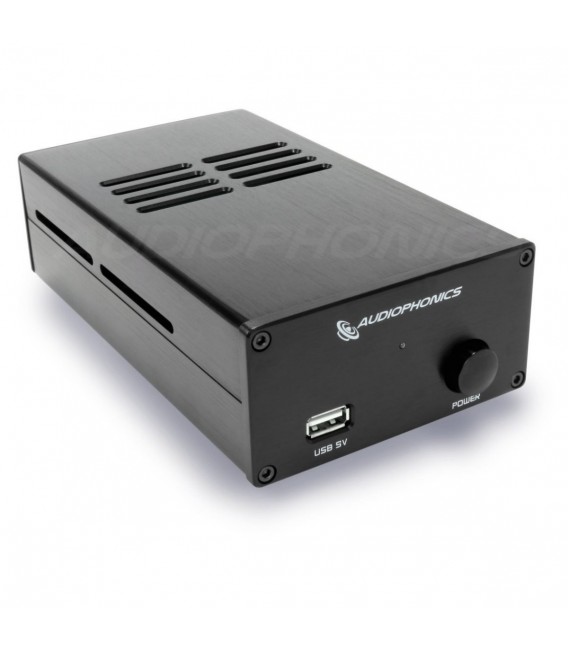Ground loop currents can be induced by stray AC
magnetic fields[4][6] (B, green) which are always present around AC electrical wiring. The ground loop constitutes a conductive wire loop which may have a large area of several square meters. By
Faraday's law of induction, any time-varying
magnetic flux passing through the loop induces an
electromotive force (EMF) in the loop, causing a time varying current to flow. The loop acts like a
short circuited single-turn "transformer winding"; any AC
magnetic flux from nearby
transformers, electric motors, or just adjacent power wiring, will induce AC currents in the loop by
induction. In general, the larger the area spanned by the loop, the larger the magnetic flux through it, and the larger the induced currents will be.


